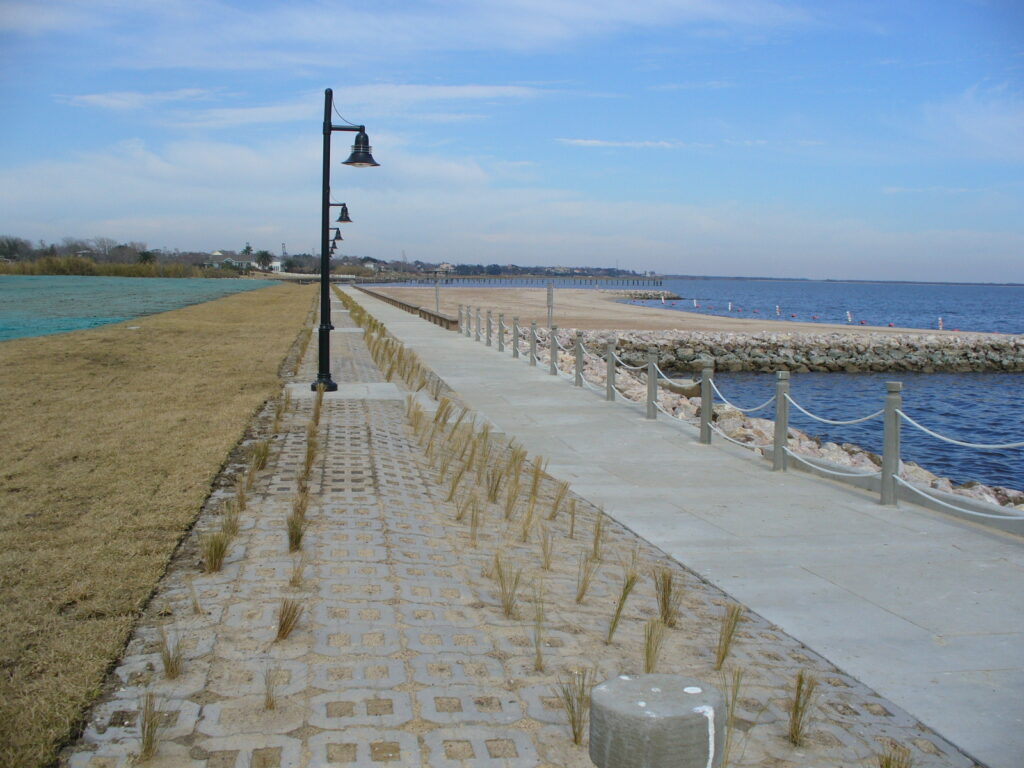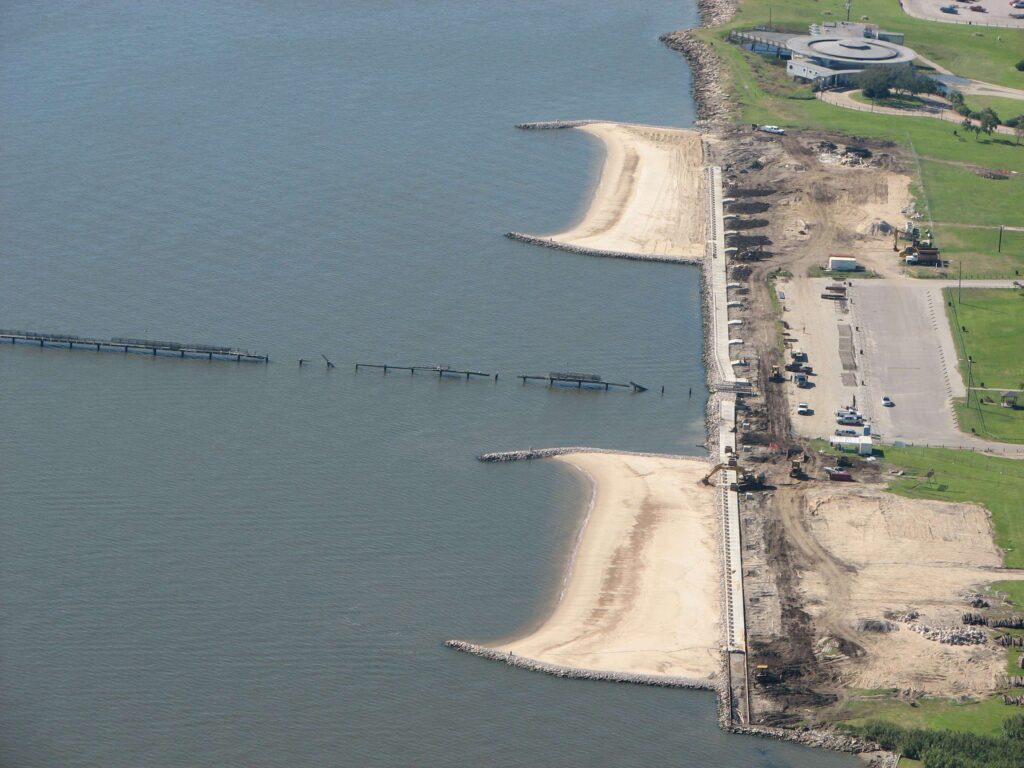People Spotlight: Meet Elizabeth Levitz
Our People Spotlight series gives you an inside look at our technical experts around the world. This week, we are highlighting a senior water resources engineer from our Water business in the U.S. West region and providing an insight into their inspiration and work.
Elizabeth Levitz has more than 26 years’ experience in the consulting profession, with close to two decades of her career focused on water resources. During her 24 years with AECOM, she has worked on various projects involving flood risk analysis and mitigation, civil design, shoreline restoration, project management and disaster recovery.
Elizabeth is passionate about community flood resilience — working with stakeholders to recover from disasters and planning and mitigating for future events. She specializes in complex projects that require cross-discipline collaboration and innovative approaches to long-term floodplain management. Currently, she is a project and program manager for several flood resilience projects in Texas.
Tell us about what inspired you to join the industry.
My father was an instrumentation engineer at a chemical plant in Texas, so I have always been drawn to STEM fields. I entered this industry because I wanted to make a positive impact on the world and those around me using my engineering talents.
I’m a native Houstonian and I have lived through many extreme flood events resulting in federal disaster declarations (Hurricane Alicia, Tropical Storm Allison, Hurricane Ike, and Hurricane Harvey to name a few). Each time these events happen, I am moved to help my community not only in the recovery efforts, but also to educate the public about flood risks and help them on their flood resilience journey to lessen the impacts of similar events in the future.
The flood studies and mitigation designs we develop at AECOM help communities become more flood resilient. Many of the communities we help are socially vulnerable populations who deserve our help.
I’m a native Houstonian and I have lived through many extreme flood events resulting in federal disaster declarations. Each time these events happen, I am moved to help my community not only in the recovery efforts, but also to educate the public about flood risks and help them on their flood resilience journey to lessen the impacts of similar events in the future.”
What is your favorite AECOM project that you’ve worked on and why?
I have worked with some amazing team members and clients on very impactful projects, so selecting a favorite is difficult. However, the program I’m currently managing — the River Basin Flood Study — is one of my favorites.
The program is a 4-6-year effort to determine flood risk, develop flood mitigation strategies and, ultimately, recommend preferred flood mitigation projects to communities within a 25-county region impacted by Hurricane Harvey. We are one of the consultant teams and delivery partners working with the Texas General Land Office (GLO) to complete the Study. With over $100 million in investment from the U.S. Department of Housing Community Development Block Grants, the project will empower Texans with information and tools to reduce flood risk and become more flood resilient.
The project is huge, including over 50 counties and over 50 team members. It’s fast paced and involves many people passionate about the project’s mission. It can be stressful at times, but also very rewarding. In addition to AECOM, there are three other large consultants on the team, whom we would usually view as competitors. However, for this project we are all so motivated to see the Study succeed that we work as a unified team with a common mission: to collect, analyze and communicate disaster-related data to assist decision makers to better protect Texans from future disasters.
The River Basin Food Study program in Texas is a 4-6-year effort to determine flood risk, develop flood mitigation strategies and, ultimately, recommend preferred flood mitigation projects to communities impacted by Hurricane Harvey. The project is huge, including over 50 counties and over 50 team members. It’s fast paced and involves many people passionate about the project’s mission: to collect, analyze and communicate disaster-related data to assist decision makers to better protect Texans from future disasters.”
Tell us a story of how your work positively impacted the community.
Many years back, we worked with the GLO and the City of La Porte, Texas on a shoreline protection and beach nourishment project. The design included a shoreline armoring system comprising articulated concrete mattresses and a two-cell sand beach stabilized by four riprap armor stone groins. The project’s main goal was to protect 1,700 feet of shoreline that had significantly retreated over time; however, a co-benefit was increased recreation and tourism. The beach pockets and stone groins also provided habitat for migratory birds, such as the threatened piping plover and Rufa red knot.
Upon reopening Sylvan Beach after construction was complete, the City received a heartwarming letter from a citizen regarding the project’s positive impact on the community. The sender thanked all those involved in the project for delivering an open space for all to enjoy, especially the children of the La Porte community. We finished the project over a decade ago, but I will always remember that letter and greatly appreciate that citizen for sharing their appreciation to us, the GLO and the City.
The design for the Sylvan Beach shoreline protection project included a shoreline armoring system comprising articulated concrete mattresses and a two-cell sand beach stabilized by four riprap armor stone groins. The project’s main goal was to protect 1,700 feet of shoreline that had significantly retreated over time; however, a co-benefit was increased recreation and tourism. Upon reopening Sylvan Beach after construction was complete, the City received a heartwarming letter from a citizen regarding the project’s positive impact on the community.”



Share a piece of career advice.
Be open to change and understand that it is the only constant in our evolving world. Early in my career, I was given an opportunity to learn about flood risk analyses through hydrologic and hydraulic modeling and mapping from experts at AECOM. Initially, I was anxious about accepting this training opportunity because it required working with a team out-of-state for several months and being away from my family. However, this opportunity changed the trajectory of my career and put me on the path I was intended to walk down for my own personal growth.






